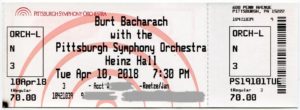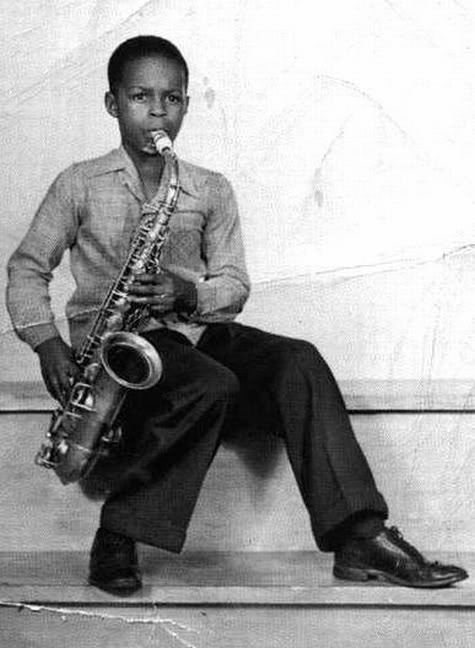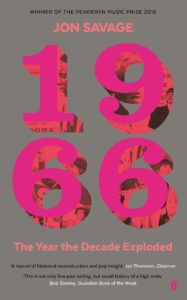
I’m always careful with labels like „icon“, „living legend“ or „genius“. But if they don’t go with Burt Bacharach, with whom would they? Besides him, Antonio Carlos Jobim comes to mind, Duke Ellington, and well, Lennon/McCartney. You can put this guy easily next to Gershwin. Besides this, he was a longtime arranger and pianist for Marlene Dietrich, which alone is enough to make him a legend.
But mainly it is his elegant composing style that sticks in mind. The wide-ranging melodies, the complex arrangements which usually prefer the flugelhorn to the trumpet, the sometimes strange usage of chord progressions, rhythm changes, jazz chords or odd numbers of bars that pop music would hardly think about, and of course the lyrics by the congenial Hal David: all this is unmatched. I have no idea why people still try to downgrade this as „Lounge“ or „Easy Listening“ — it’s anything but easy.
A couple of years ago, Bacharach was announced to play Pittsburgh already, but the concert had to be canceled because he had to undergo a back surgery. This time it worked out. Next month, at May 12, he will turn 90. A small, fragile man, white-haired, hanging a bit contorted on his piano bench, sometimes popping a cough pill, and you always fear he might slide down to the floor. But he doesn’t, and his piano playing is still fine.
Bacharach, in his career, had 73 hits in the Billboard Hot 100. To play them all would have taken around four hours. The only possible compromize is to bundle many of them into medleys — anything but ideal because you permanently get hooked but aren’t served the full meal. But what can you do? The setlist, however, was pretty impressive:
- What the World Needs Now is Love
- Medley: Don’t Make Me Over / Walk on By / This Guy’s in Love with You / I Say a Little Prayer / Trains and Boats and Planes / Wishin‘ & Hopin‘ / (There’s) Always Something There to Remind Me
- Do You Know the Way to San Jose
- Anyone Who Had a Heart
- This House is Empty Now
- Falling Out of Love
- Make It Easy on Yourself
- On My Own
- Be Aware
- (They Long to Be) Close to You
- Medley: The Look of Love (BB sang) / Arthur’s Theme / What’s New Pussycat / The World Is a Circle / April Fools / Raindrops Keep Fallin‘ on My Head (BB sang) / The Man Who Shot Liberty Valance / Making Love / Wives and Lovers (BB sang) / Alfie (BB sang) / A House is Not a Home (BB sang)
- Encore: That’s What Friends Are For
It’s a little bit a pity that none of his instrumentals was played: Casino Royale, Come Touch the Sun, Nikki, Little French Boy, Once in a Blue Moon (yes, that’s written by Bacharach!) — there would have been many.
The vocal trio probably had the most unthankful job. Not only they need to master a huge pitch range, they have to deal with the fact that inevitably most people in the audience will compare them to the voices they remember from the hit version: Dionne Warwick, Aretha Franklin, B.J. Thomas, The Walker Brothers, Karen Carpenter, Stevie Wonder, Bobbie Gentry, Tom Jones, Dusty Springfield, Shirley Bassey, Cilla Black, Sandy Shaw, Helen Shapiro, The Drifters, Neil Diamond and so many more. Well, the three of them did it, and they did it well. All three had a solo: Josie James sang „Anyone Who Had a Heart“, Donna Taylor sang „On My Own“, John Pagano had a great performance of „This House is Empty Now“, co-written by Elvis Costello (from Bacharach’s and Costello’s Grammy-awarded album Painted from Memory).
A couple of songs were performed by the Master himself — which was a double-edged sword. Burt Bacharach has never been known to be a great singer anyway, but these days, at his age, his voice has turned into a raspy croaking more than anything else. This would be touching in one or two songs, like in „Alfie“, but singing whole suites — sometimes, I think, less would be more.
The whole concert was backed by the Pittsburgh Symphony Orchestra. Playing „back-up“ for an orchestra like this (I think it should be seen as part of the Top League now) might be a bit underchallenging, and so they played — let’s say: cultivated, but without much dedication. Probably it would have been a good idea to have them play Bacharach’s orchestral piece „For the Children“. But it didn’t happen. Unfortunately it was this orchestra that ended the evening with a sort of „sudden death“. The PSO was obviously hired to play exactly ninety minutes, and it did this to the minute. I’m sure the evening was planned to have the same big finale Bacharach’s concerts always use to have (see his Glastonbury appearence in 2015 or his wonderful concert recording from the Sydney Opera House 2008 [if you’re interested: get the 2-CD version!]). This finale would have been a thing of a few minutes, but no: The orchestra is strictly unionized, and while on the one hand I can understand this, I have to say on the other: Folks, you are artists, you are very well-paid musicians, and you owe something to your audience. If you want a nine-to-five job, get one at Giant Eagle.
Another drawback was the sound. I know it’s a hard job to balance a whole orchestra, a band with electric instruments, an acoustic grand piano and three singers, but seriously: It is possible. Tonight the sound was unbalanced, in parts too loud, and a couple of times the singers started singing into dead mics. This shouldn’t happen.
However: Thank you for the music. It was a great evening.







